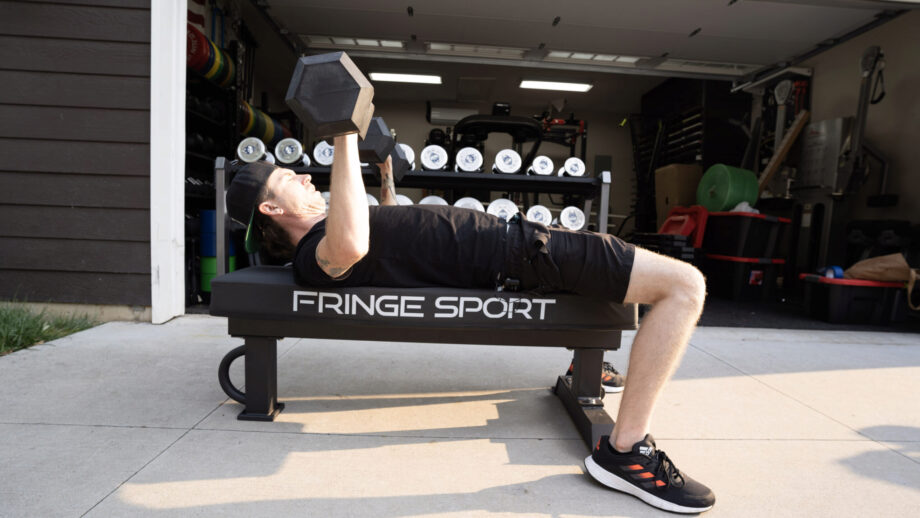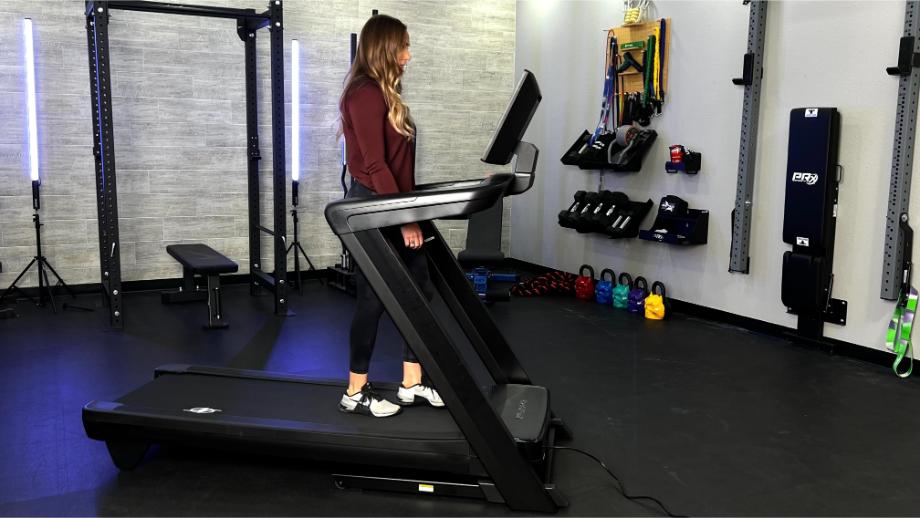While a comfortable jog may help break a sweat and cut some calories, challenging your body to adapt to fluctuating intensities over a long distance can help improve your cardio and overall running performance in ways a steady pace may not. In other words, speed workouts can be really, really good for you.
Here, I want to share the benefits of fartlek training so you know what it is an can incorporate it into your running routines. It may help you improve your economy and performance.
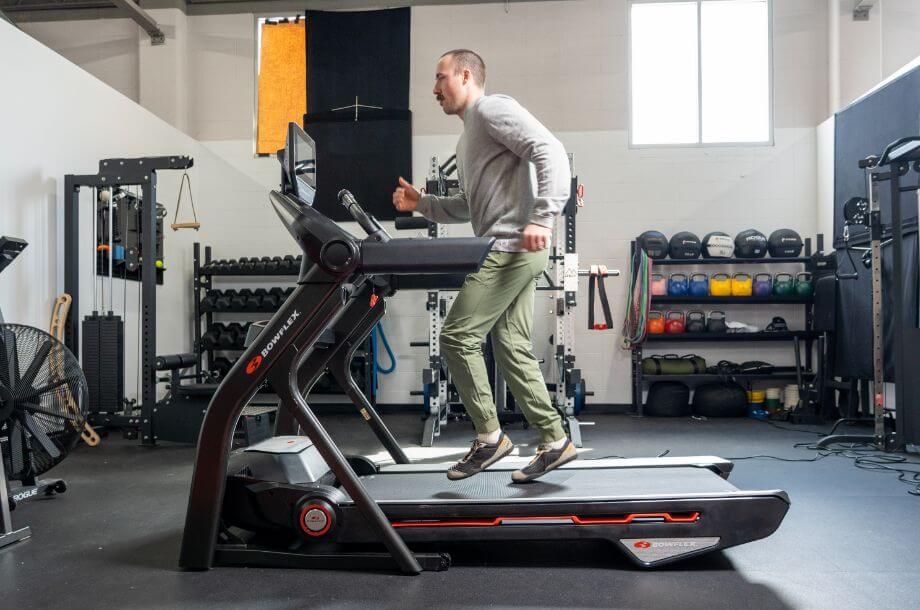
What Is Fartlek Training?
Fartlek is a Swedish term for “speed play.” Swedish Olympian Gösta Holmér created the fartlek training method in the early 20th century to help cross-country runners improve their speed and endurance.
Fartlek’s translation doesn’t differ too much from what it is: a game of continuous movement at various speeds over a short or long distance. Because of its nature, a fartlek will work both your aerobic and anaerobic systems.
Your method for determining time and distance will depend on your terrain or if you are using a treadmill. Consider that “speed play” can include using a classic timer or data-tracking monitor, outdoor distance signifiers (such as telephone poles, street lights, or trees), or a song’s chorus dictating your faster pace.
In other words, it can be well-structured or totally random.
Fartlek training resembles the logic of traditional interval training yet lacks the same rigid structure and full-on breaks. Instead, fartlek blends the changing intensities associated with interval runs with creative endurance challenges in your training session.
Note: While fartlek is often associated with running, you can apply it to an elliptical, rowing machine, or biking workout. However, I will focus in this article on fartlek training as a way to diversify and get more out of your running workouts.
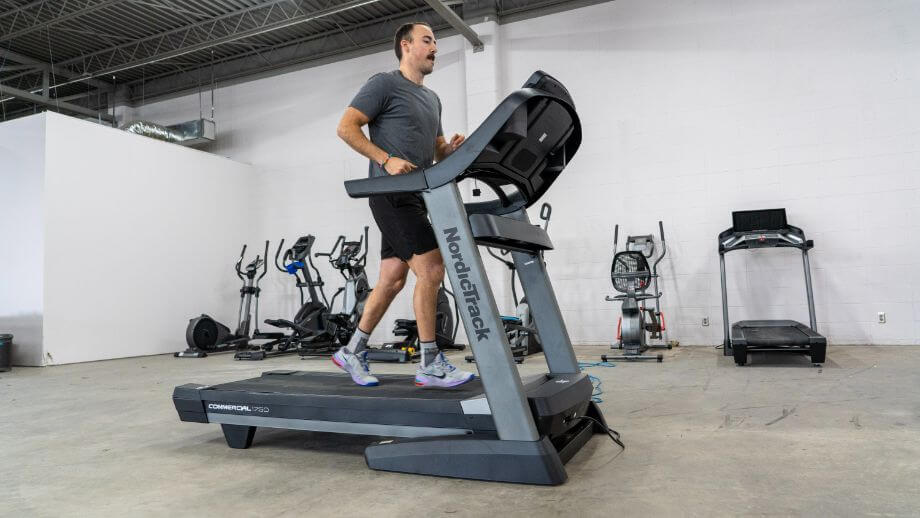
Fartlek vs Tempo Run vs Interval Training
Tempo runs are the most commonly practiced run, even if you have never heard the term. You start with a slow jog at a moderate warm-up pace, transition into a faster yet not full-effort running pace, and return to your warm-up speed to cool down and finish.
Tempo runs, like all running, offer an excellent workout and can help you improve your performance over time. However, suppose you retain a steady pace and familiar distance and never push yourself to exert your full power or capacity. In that case, tempo runs may begin to lack the cardio stimulation that leads to the type of fitness gains you can discover in the fartlek method.
Interval training is much more similar to the fartlek method due to the shared goal of fluctuating workout intensity. However, unlike the fartlek method, interval training includes breaks and more predictably structured training rounds. An interval run might look like 10 minutes of 30 seconds hard, 30 seconds easy. By contrast, the fartlek method is more fluid in determining how to structure your distance and speed and is distinguished by its complete lack of breaks. In a fartlek, you might do 30 seconds hard, 10 seconds easy, 1 minute hard, 20 seconds easy, and so on, with varying lengths of time.

Try This: Fartlek Workout
This fartlek workout can be applied on a running treadmill or outdoors:
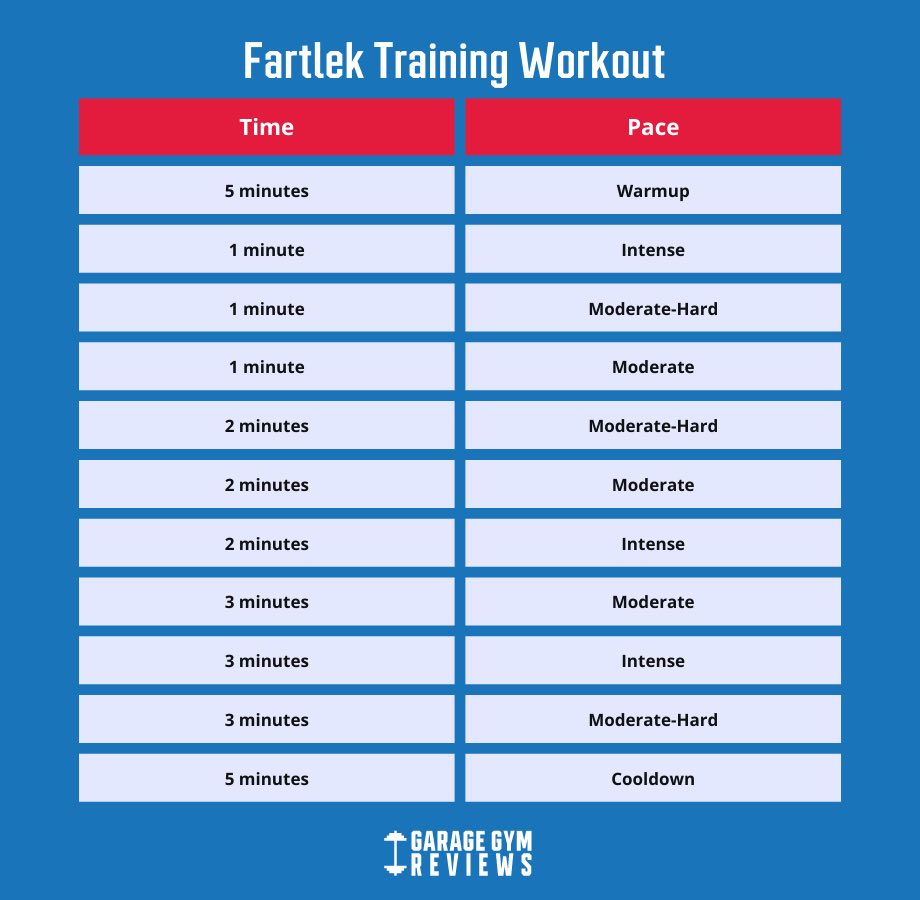
- 5-minute warmup at an easy pace
- 1 minute full-intensity
- 1 minute moderate-hard
- 1 minute moderate
- 2 minutes moderate-hard
- 2 minutes moderate
- 2 minutes full-intensity
- 3 minutes moderate
- 3 minutes full-intensity
- 3 minutes moderate-hard
- 5-minutes cooldown at a moderate to easy pace
This is a 28-minute workout, however, you can continue to repeat the exercise as-is, or add rounds with extended time, or eliminate moderate-pace rounds and replace them with more high-intensity or moderate-hard rounds to increase the workout’s difficulty. Regardless, I suggest always starting and finishing with a steady warm-up and cool-down pace.
Benefits of Fartlek Training
There are a wide variety of benefits with fartlek training. For example, a 2020 study used 15 long-distance runners engaged in fartlek training for 12 weeks. Researchers concluded that the fartlek method significantly helped improve their muscular endurance more than 15 other runners engaged in non-fartlek running.
Beyond muscular endurance, fartlek has multiple other benefits:
- Increased stamina
- Helps you to run faster
- Trains your mind to overcome exhaustion and adapt to stress
- Burns calories efficiently
- Prevent body adaptation or fitness level plateaus
- Improves fast-twitch muscle responses
- Creates a more intense workout in a shorter time
- Allows for creativity and fun when making your fartlek run
5 Tips For Incorporating Fartlek Training Into Your Running Routine
The fartlek method helps you get creative with your run, which is excellent because it furthers your ability to maintain an alert mind while performing intense cardio. When training in any fierce cardio exercise, an active mind helps keep proper technique and prevent oneself from getting overwhelmed.
Here are five tips for adding fartlek workouts to your routine:
1. Add Music
Fartlek playlists are great! Using songs to help determine your speed, time, and distance is a great way to use the fartlek method and prevent any focus on time (something that can add stress and distraction).
For example, find a moderate-pace song for your moderate pace and an intense song for your fast pace. You can also break it down to sprinting for a song’s chorus while running at a moderate-hard speed between choruses, or vice versa!

2. Use Distance-Based Training
You can replace timed speed with distance-based speed. For example, on a treadmill, you can do a moderate hard run for half a mile, then a high-intensity pace for half a mile. Or, for the outdoors, you can use street signs or lamp posts—for example, high-intensity run for four streets, moderate pace for four lamp posts, and so on..
3. As Easy As 1-2-3
Sprint for 100 steps, jog for 100 steps, counting step-by-step. Then, go to 80 and 80 or 120 and 120, whichever you prefer. I love counting my sprint and jogging steps on both a treadmill and the outdoors. I typically count in pyramids, going up and down using even or odd numbers. By counting, I can put a towel over the monitor on a treadmill or need no equipment other than my mind to determine my time and transitions.
4. Play With Incline
On a treadmill or a hill, determine your pace by elevation. For example, run hard when there’s an incline, relax your pace when flat.
5. Use Landmarks
This would apply more to city streets or trail running unless you have an interactive treadmill monitor that permits it. However, you can use landmarks to dictate where you change speeds. Create a training plan or route with multiple destinations you are familiar with, then when arriving at each destination, sprint, run, or jog to the next one.
Running Pace Calculator

Calculate Your Running Pace
Enter your stats in any 2 of the fields below to calculate the third.
FAQs About Fartlek Training
What is a fartlek training example?
This fartlek workout can be applied on a running treadmill or outdoors:
5-minute warmup at an easy pace
1 minute full-intensity
1 minute moderate-hard
1 minute moderate
2 minutes moderate-hard
2 minutes moderate
2 minutes full-intensity
3 minutes moderate
3 minutes full-intensity
3 minutes moderate-hard
5-minutes cooldown at a moderate to easy pace
What is fartlek training best for?
Fartlek sessions can significantly benefit your endurance and strength by training your breathing and muscles to adapt to changing intensity levels on demand. If done correctly, fartlek training can also help to stimulate your metabolism, burn calories, and enhance muscle growth.
Furthermore, the fartlek method’s mental benefits can help you overcome stress during a run by enabling you to experience a mind-over-matter type of capability and an alert mind that retains proper running technique and balance.
How long should a fartlek run be?
When it comes to speed work, it’s hard to say how long a run should be. Beginners may want to start with a fartlek that takes about 10 to 15 minutes, or covers roughly 1 mile. More experienced runners can do a fartlek for as long as a 5K.




